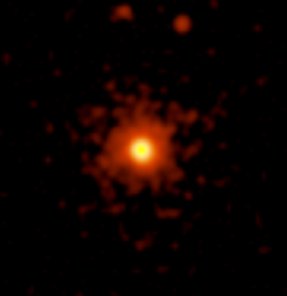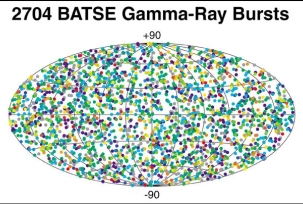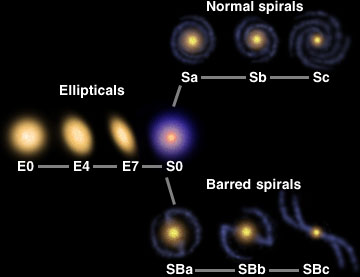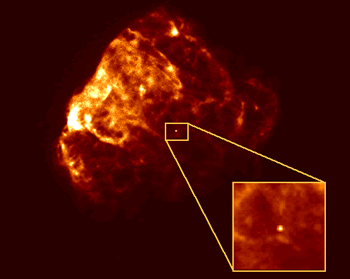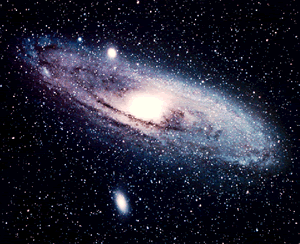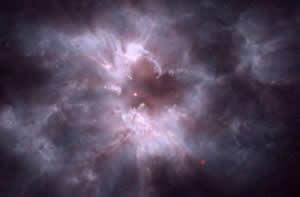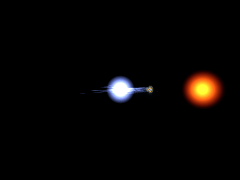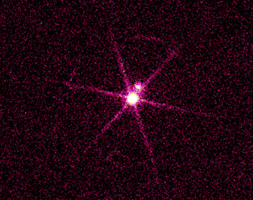Proxima Centauri - Closest Star to the Sun
| What's in a Name: | Proxima means "closest" because it is currently the closest star to the sun. |
| Claim to Fame: | The nearest member of a triple star system which is the closest system to the sun. |
| Type of Star: | Red dwarf star on the main sequence with surface temperature as low as 3300 K. |
| How Far Away: | 4.2 light years away |
| How Big: | 0.07 times the sun's radius. If put Proxima at the location of our sun, could just barely make out the disk. |
| How Bright: | 18,000 times fainter than the sun |
| Where to View: | Located in the constellation Centaurus, the Centaur (Star Map) |
| When to View: | Centaurus is never in the sky viewed from middle northern latitudes (around 40 degrees). As you travel south on the Earth's surface and pass below the equator, you will definitely see it from time to time. |
Last modified January 25, 2006 by Travis Metcalfe.


